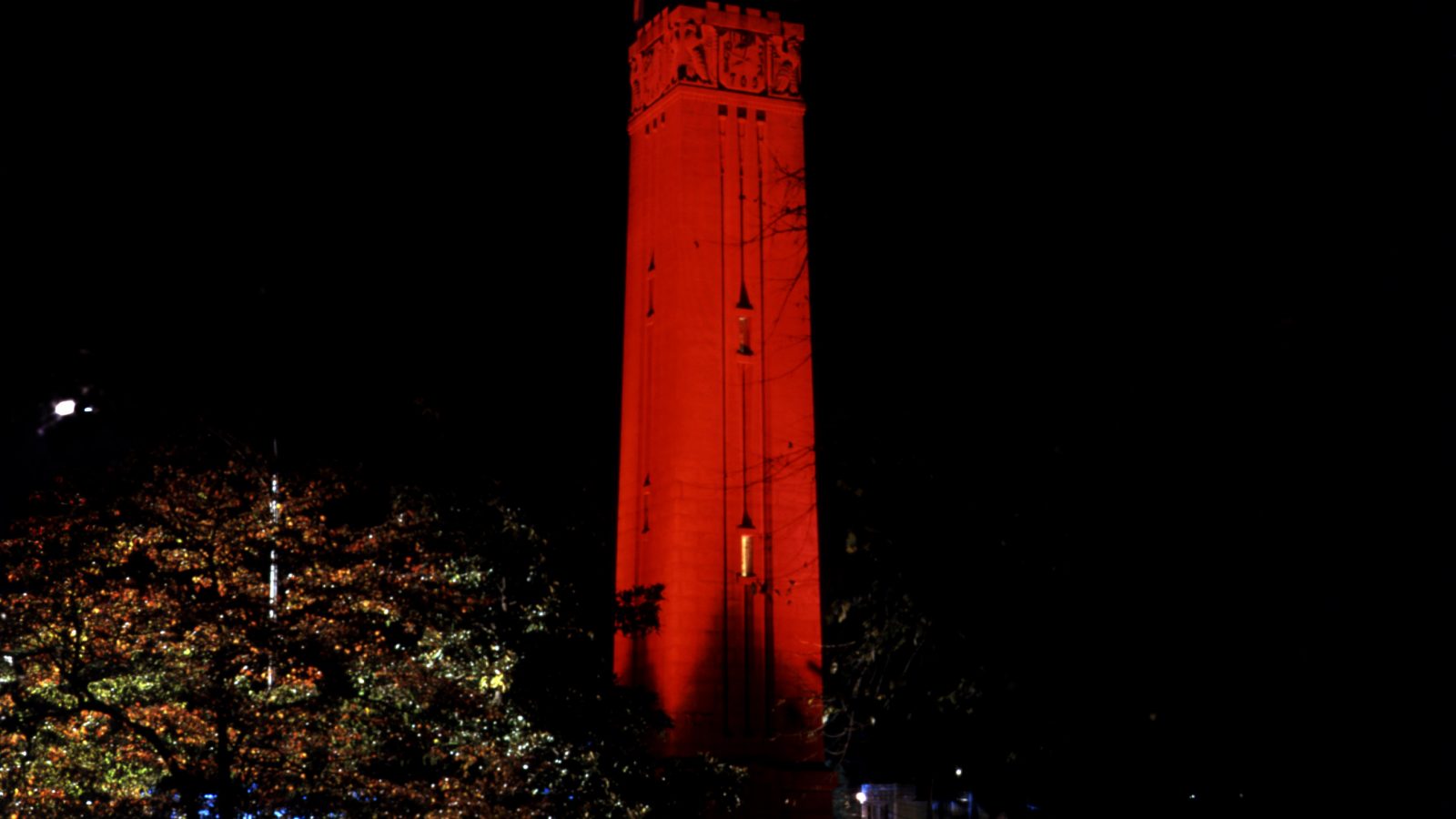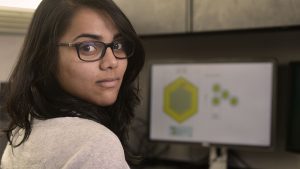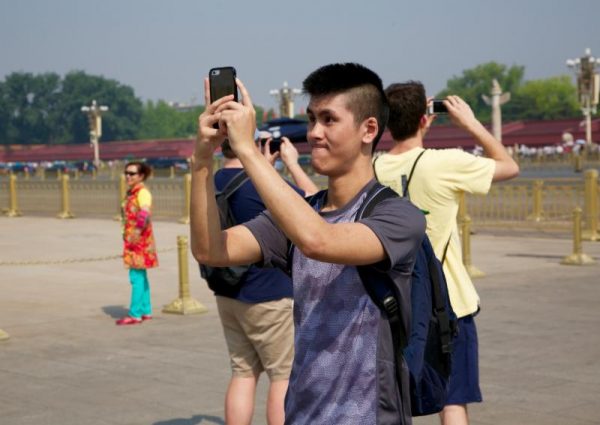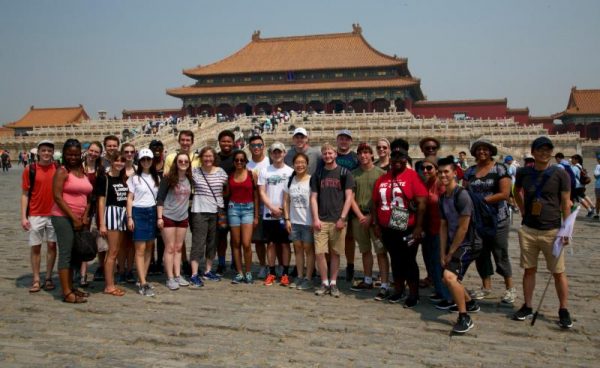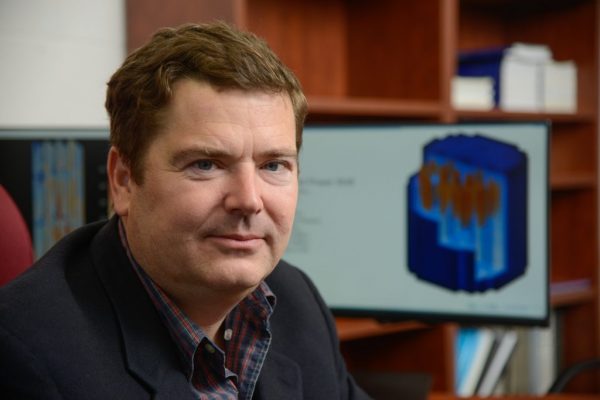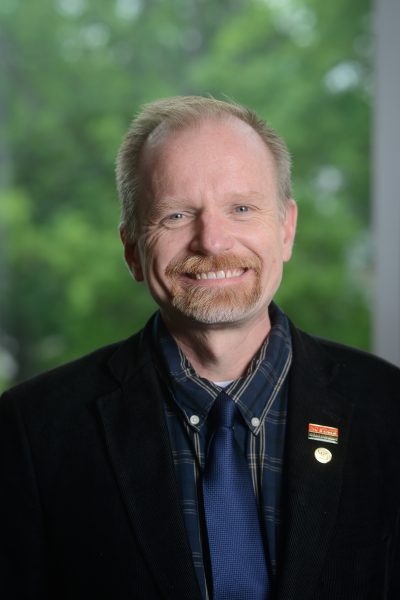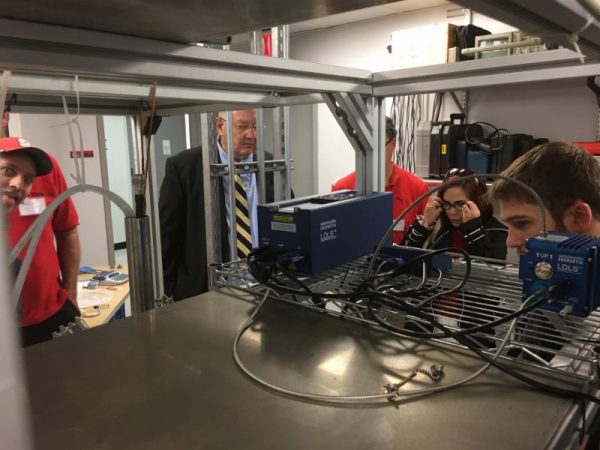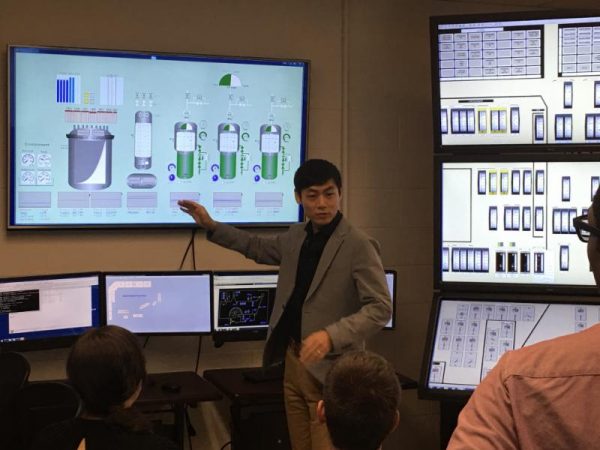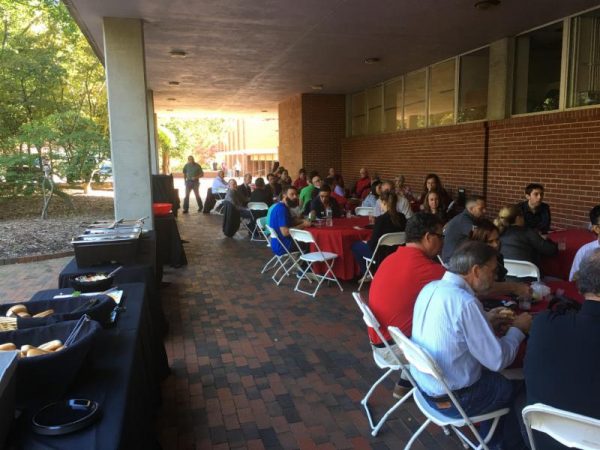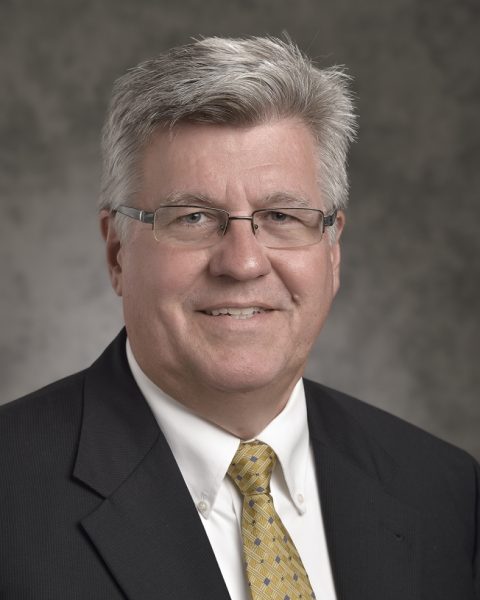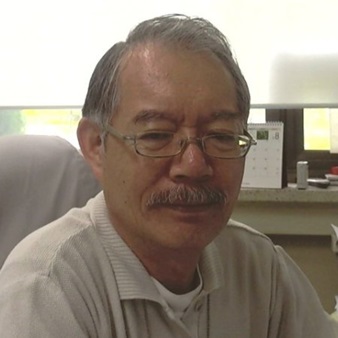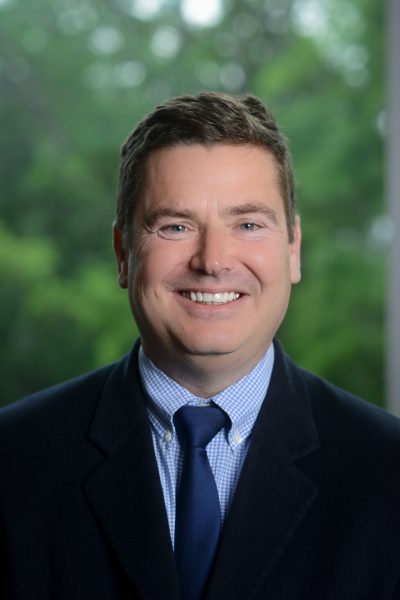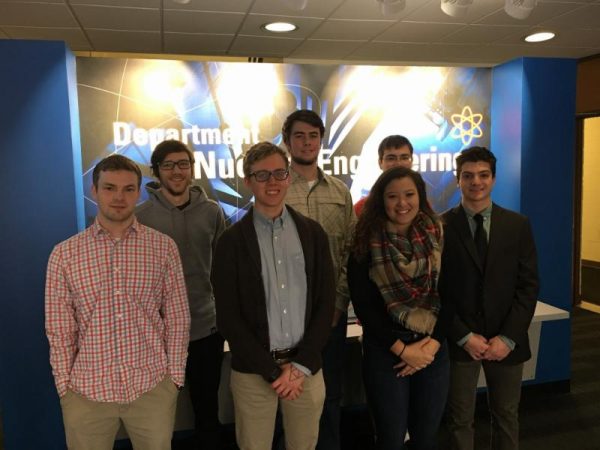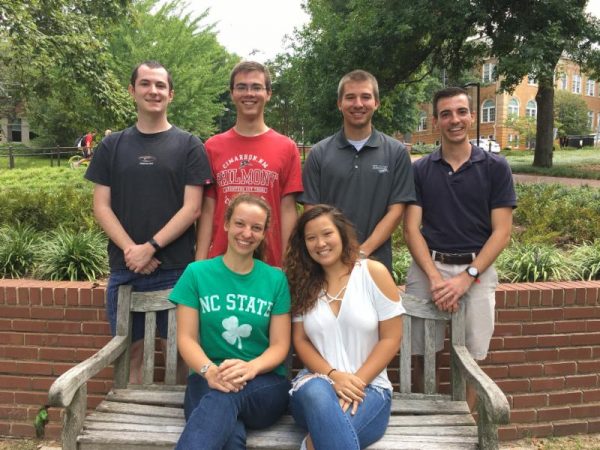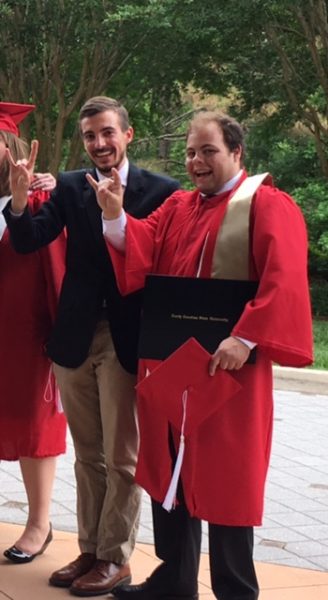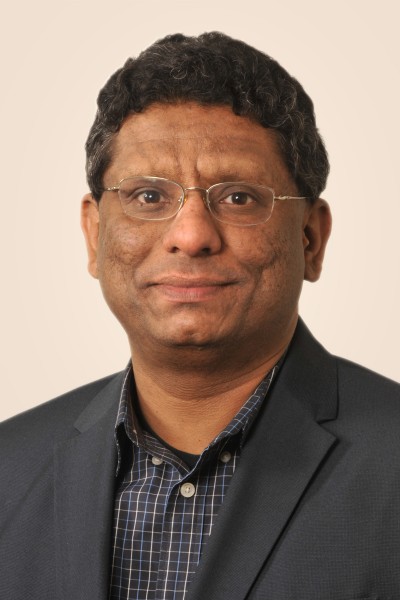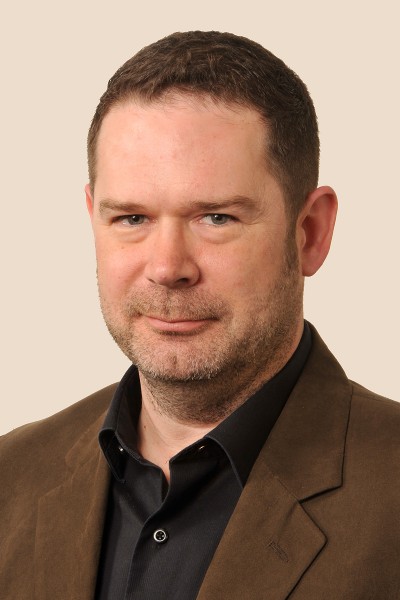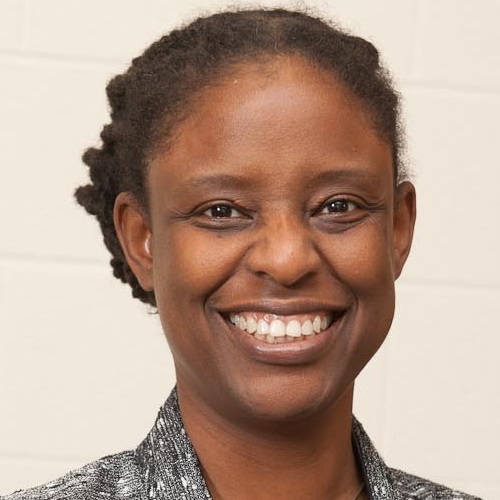Greetings from the Department Head
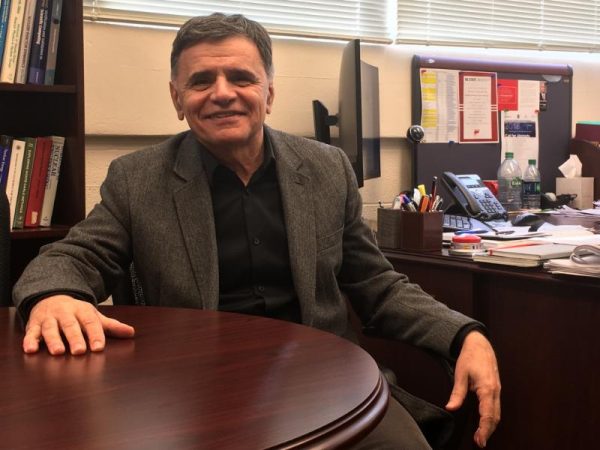
I am glad to announce we’ve resumed our departmental newsletter. It is our way of keeping in touch with you – our alumni, friends, partners, colleagues & future students. We’ll share latest developments and success stories taking place in NC State’s Nuclear Engineering Department.
Continuing the tradition of firsts, we are the 1st Nuclear Engineering (NE) program with the 1st civilian university reactor in United States, and currently the largest stand-alone NE department with a research reactor in the southeast United States. In last few years, with strong support of our College of Engineering (COE), we’ve experienced steady growth and have attained an outstanding reputation. We’ve increased the number of faculty and graduate students and have established new research units and experimental laboratories. Currently we have 19 tenured/tenure track faculty with 2 more expected in 2018.
Our faculty, staff and students have been recognized for numerous international, national & university awards and leadership appointments. Our sponsored research funding has steadily increased and for July 2016 through June 2017 we had $ 9.5 million in research expenditures and received $17 million in grant/contract awards. In Fall 2016 our undergraduate program received a successful ABET accreditation review with no findings, concerns and deficiencies. Also in Fall 2016, our graduate program successfully completed a program review and our 2017 ranking is 5th by US News & World Report. Our senior design teams have been working on real-world topics with industry & national lab sponsorship. Our teaching and research labs, student spaces and conference rooms are being continually enhanced.
Our vision for the department is to be the premier, internationally-recognized graduate and undergraduate programs in the field. Our current goals include,
- increasing external visibility on a national and international level;
- increasing cooperation with industry, national laboratories and the US Nuclear Regulatory Commission;
- expanding our distance education program;
- effective (under) graduate student recruitment, retention and graduation;
- faculty hiring including expansion of joint faculty appointments (JFAs) with national labs;
- performing interdisciplinary research to address grand challenges in nuclear energy, nuclear safety, security & non-proliferation, along with the training and education of the next generation nuclear engineers,
I hope that these snapshots of current and future activities wet your interest. To a fantastic 2018!
Two Newest Faculty Members
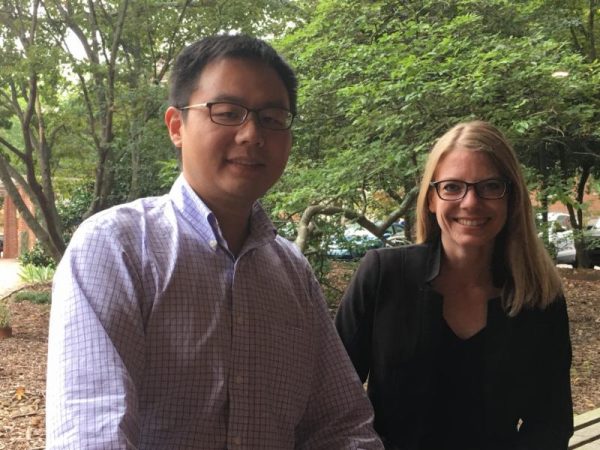 Dr. Yang spent 10 years at Brookhaven National Laboratory (BNL), working in Advanced Radiation Detector R&D Group. His research interests have revolved around the opportunities at the intersection of nuclear engineering, materials science and engineering and electrical engineering. Special emphasis is placed on developing new materials and devices for improving radiation detection and imaging technologies.
Dr. Yang spent 10 years at Brookhaven National Laboratory (BNL), working in Advanced Radiation Detector R&D Group. His research interests have revolved around the opportunities at the intersection of nuclear engineering, materials science and engineering and electrical engineering. Special emphasis is placed on developing new materials and devices for improving radiation detection and imaging technologies.
Dr. Stapelmann joins us from Ruhr University Bochum, Germany where she was an electrical engineering faculty member. She studies the interactions of technical plasmas with biological systems on a macromolecular level. Her focus is on the characterization and optimization of plasma discharges used for biomedical applications and the understanding and improvement of plasmas used, for example, in medicine.
15% non-tenure teaching * research faculty along with lecturers in the department
133 undergraduate & 124 graduate students
Research areas:
- nuclear power design & safety analysis
- nuclear security & nonproliferation
- nuclear materials, waste forms & storage
- radiation science & engineering
- plasma science & engineering
- nuclear computational science
A New Generation for Nuclear
Ishita Trivedi enjoys research and the process of learning.
“Sometimes I don’t know what the end result of the day will be,” Trivedi, a Ph.D. student in the Department of Nuclear Engineering (NE), said. “Sometimes it’s frustrating. But I like that.”
That means hours in front of a computer in a graduate student office in Burlington Engineering Laboratories doing modeling work on lead-cooled fast reactors. These next-generation reactors use fast neutrons to sustain the fission chain reaction that drives power generation. Unlike commercial nuclear plants now in place in the United States, these reactors use liquid metals for cooling, rather than water.
“It’s more efficient,” said Trivedi, whose research is conducted with Dr. Kostadin Ivanov, head of the department. “Since there is no need for a neutron moderator, the size of the reactor can be greatly reduced.”
Joseph Cope is in his fifth year in the department and has signed on for more.
Cope completed a bachelor’s degree in May 2016 and is now in an accelerated master’s program with plans to continue on to complete a Ph.D.
“My undergraduate experience was challenging and enriching,” he said. “We have one of the top departments in the country for diverse research interests.”
Working with Dr. Robert Hayes, associate professor of nuclear engineering, Cope is trying to characterize the radon that is always present in the atmosphere as a basis for prediction models used in emergency response following a nuclear event, whether their release is planned or accidental.
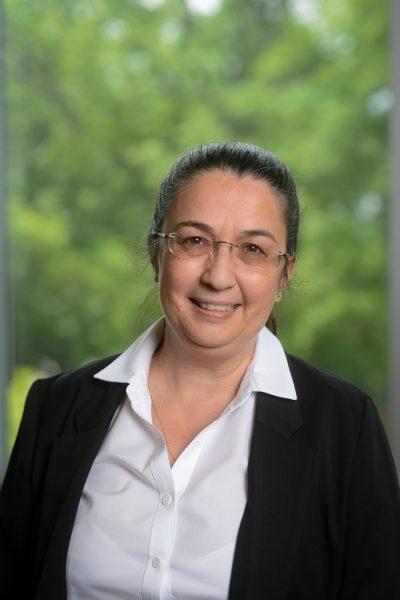 The new Consortium of Nuclear Power (CNP) promotes research and development, innovation, education, and training as well as provision of technical support/expert advice/consultancy services that benefit the nuclear industry and its regulation.
The new Consortium of Nuclear Power (CNP) promotes research and development, innovation, education, and training as well as provision of technical support/expert advice/consultancy services that benefit the nuclear industry and its regulation.
Dr. Maria Avramova is its director and currently an associate professor and director of Reactor Dynamics and Fuel Modeling Group (RDFMG).
 Dr. Paul Turinsky is among 84 new members of the National Academy of Engineering (NAE). He was recognized by the NAE for the development of simulation technology for the economic operation, safety, and life extension of nuclear power stations.
Dr. Paul Turinsky is among 84 new members of the National Academy of Engineering (NAE). He was recognized by the NAE for the development of simulation technology for the economic operation, safety, and life extension of nuclear power stations.
He is a member of the U.S. Nuclear Waste Technical Review Board and a Fellow of the American Nuclear Society (ANS) and a member of the Society for Industrial and Applied Mathematics, the American Society for Engineering Education and the American Association for the Advancement of Science.
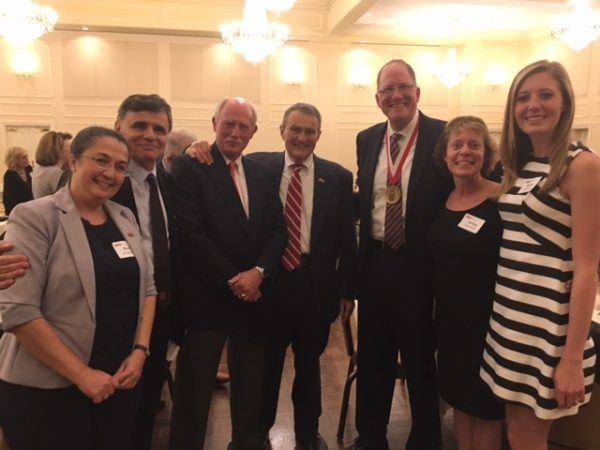 For his outstanding leadership in the engineering community and support of the College and its students, NC State’s College of Engineering has recognized Dr. Alan S. Icenhour as a Distinguished Engineering Alumnus.
For his outstanding leadership in the engineering community and support of the College and its students, NC State’s College of Engineering has recognized Dr. Alan S. Icenhour as a Distinguished Engineering Alumnus.
Dr. Icenhour is currently the associate laboratory director for the Nuclear Science and Engineering Directorate (NSED) at the Oak Ridge National Laboratory and serves as Chair of NC State’s Nuclear Engineering Department Advisory Council (NEDAC).
Engineers Across Borders
Students spend five weeks living and attending classes in the International College at Zhejiang University. Courses offered included,
- Electric Circuits for International Application(Dr. Bottomley; design project with Caterpillar);
- Geographies of Energy (Ms. Marshall);
- Introduction to International Relations (Dr. Griffin); and,
- Introduction to Mandarin (taught by Zhejiang faculty).
Along with seeing the sites in the green, vibrant city known for its beautiful scenery and burgeoning technology sector (Hangzhou), students also experienced Beijing, Huangshan (Yellow) Mountain and Shanghai during their 42 days away.
Dr. David Kropaczek, Duke Energy Distinguished Professor of Nuclear Engineering at NC State, is among a multidisciplinary group of researchers putting Titan’s computing power to work to solve the biggest technical challenges facing nuclear energy. The ambitious Department of Energy program called CASL, the Consortium for Advanced Simulation of Light Water Reactors , is a 10-year, $243 million effort to tip the market back in nuclear’s favor through scientific innovation.
Kropaczek, who recently joined the program as chief scientist, says CASL is concentrating on real-world solutions that can be implemented in the industry’s existing environment. “This is a milestone-driven research-and-development effort,” he says. “We’re focusing on problems that have gone unsolved for many, many years.”
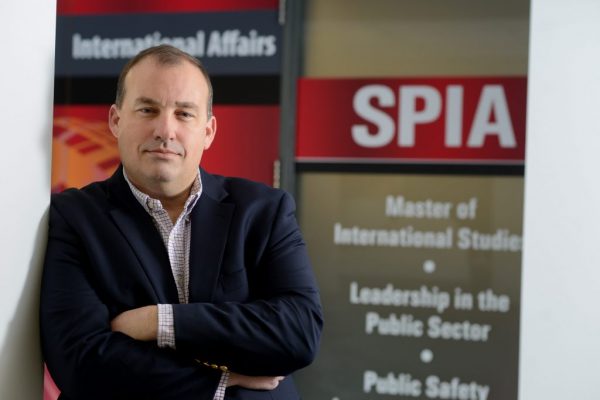 The Consortium for Nonproliferation Enabling Capabilities (CNEC) also does crucial work in training the next generation of experts in nuclear security policy. One of the leaders of that effort is Dr. Bill Boettcher, associate professor of political science in the College of Humanities and Social Sciences. Boettcher is a nuclear security and nonproliferation policy expert whose work with CNEC focuses on curriculum development and teaching.
The Consortium for Nonproliferation Enabling Capabilities (CNEC) also does crucial work in training the next generation of experts in nuclear security policy. One of the leaders of that effort is Dr. Bill Boettcher, associate professor of political science in the College of Humanities and Social Sciences. Boettcher is a nuclear security and nonproliferation policy expert whose work with CNEC focuses on curriculum development and teaching.
“We’re looking to produce the people who do the work of nonproliferation,” Boettcher says. “We want to turn out nuclear engineers who know enough about policy to do nonproliferation work in the national labs or at the Department of Energy. We also want to develop policy students who know enough about the technology involved that they can be conversant as they work in the State Department or elsewhere in the policy community.”
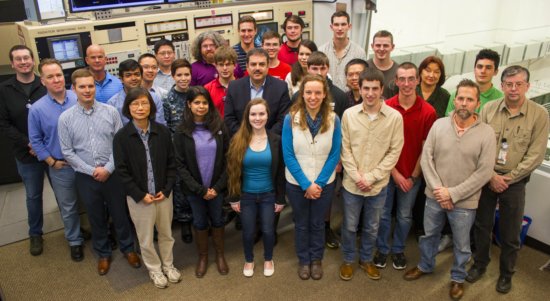 NC State’s Nuclear Reactor Program(NRP) is a partner of the Nuclear Science User Facilities (NSUF) at Idaho National Laboratory and a member of the Research Triangle Nanotechnology Network (RTNN).
NC State’s Nuclear Reactor Program(NRP) is a partner of the Nuclear Science User Facilities (NSUF) at Idaho National Laboratory and a member of the Research Triangle Nanotechnology Network (RTNN).
New Technique “Sees” Radioactive Material Even After It’s Gone
A new technique allows researchers to characterize nuclear material that was in a location even after the nuclear material has been removed — a finding that has significant implications for nuclear nonproliferation and security applications.
“Basically, we can see nuclear material that is no longer there,” says Robert Hayes, lead author of paper describing the work and an associate professor of nuclear engineering at North Carolina State University. “For example, we could identify and characterize a dirty bomb based on samples taken from a room the bomb was in a year ago.
The paper, “ Retrospective imaging and characterization of nuclear material,” is published in the journal Health Physics. The paper was co-authored by Sergey Sholom of Oklahoma State University.
Homecoming 2017
NC State’s Nuclear Engineering held its 2017 Homecoming for Alumni & Friends. They toured various labs including Dr. Steve Shannon’s 4-STAR: Fourth State Applications Research Group.
Dr. Jason Hou , Research Assistant Professo,r is the coordinator of the new GSE Systems generic-PWR in the Thomas Elleman Nuclear Engineering Simulation Laboratory.
Hall of Fame 2017 Inductees
One of three 2017 Nuclear Engineering Hall of Fame inductees included Mr. Shane Johnson. He serves as the Deputy Assistant Secretary for Science and Technology Innovation in the Office of Nuclear Energy, US Department of Energy.
Johnson has spent over 7 years of service as Nuclear Engineering’s Acting Assistant Secretary, Principal Deputy Assistant Secretary, and Chief Operating Officer.
Dr. Quun Zee was also inducted into NC State’s Nuclear Engineering Hall of Fame. He career has been spent at Korea Atomic Energy Research Institute (KAERI) and he’s currently a Distinguished Research Fellow.
Zee developed nodal diffusion code capabilities then managed the group developing KAERI’s core simulator software products. Dr. Zee also managed a significant portion of the design for Korea’s small modular reactors (SMR) known as SMART.
Dr. David Kropaczek also inducted into NC State’s Nuclear Engineering Hall of Fame was the former President and CEO of Studsvik Scanpower, the nuclear software division of Studsvik AB.
Chief Scientist for the U.S. Department of Energy innovation hub – Consortium for Advanced Simulation of Light Water Reactors (CASL), Kropaczek is the Duke Energy Endowed Professor of Nuclear Engineering at NC State and holds a joint appointment with Oak Ridge National Laboratory.
2017-18 National Scholarship & Fellowship Recipients
NC State’s Nuclear Engineering was awarded a two-year grant from the U.S. Nuclear Regulatory Commission (NRC) to support undergraduate education. The 2017-18 scholarship awardees include —
Tyler Alfonzetti, Jacob Blevins, Lance Bullerwell,
Benjamin Dacus, Kai Duemmler, Andy Jones, Haaken Lysne & Vincent Novellino.
The Us Department of Energy awarded more than $5 million for 58 undergraduate scholarships and 31 graduate fellowships to students pursuing nuclear energy-related disciplines at universities across the country. NC State’s 2017-18 Nuclear Energy University (NEUP) awardees include —
Scholarships:
Chase Lawing, Samantha Michael, William Murray, and Scot Treadway
Fellowships:
William Dawn, Nicholas Herring
The American Nuclear Society (ANS) is a 11,000 member strong scientific organization that supports excellence in its students. NC State’s 2017-18 ANS scholarship & fellowship awardees include —
Junior/Senior: Samantha H. Michael
William R. & Mila Kimel Nuclear Engineering Scholarship: John J. Pashby
Robert G. Lacy Memorial Scholarship: John J. Pashby
Pittsburgh Local Section Undergraduate Scholarship: William R. Murray
Graduate: Samuel J. Cope & Williams C. Dawn
Decommissioning & Environmental Sciences Division Graduate Scholarship: Megan R. Smith
Alan F. Henry/Paul A. Greebler Memorial Scholarship: Jesse P. Jones
Nuclear Criticality Safety Pioneers Scholarship:
Nina C. Sorrell
(photos are not of all recipients)
ANS Electees
Dr. Jacob Eapen has been elected to the Executive Committee of the American Nuclear Society (ANS) Materials Science and Technology Division .
Dr. John Mattingly has been elected to the Executive Committee of the American Nuclear Society (ANS) Nuclear Nonproliferation Policy Division.
Dr. Dmitriy Anistratov has been elected Vice Chair of the American Nuclear Society (ANS) Mathematics and Computation Division.
Message from the Editor
We’re always interested in news from our alumni, partners and friends. And we’d love to reconnect with ‘lost’ alums, so if you know of someone who did not receive this newsletter, let us know how we can reconnect with them. And above all do share this newsletter far and wide (family, friends, listservs etc).
Thanks to all faculty, staff & students for contributing. Happy holidays & see you in 2018!
Lisa
CNEC Educational Outreach Director
2017-20 Board of Directors, American Nuclear Society
Nuclear Matters Advocacy Council Member
Chair, NC State’s Association of Women Faculty
lisa.marshall@ncsu.edu
919-515-5876

